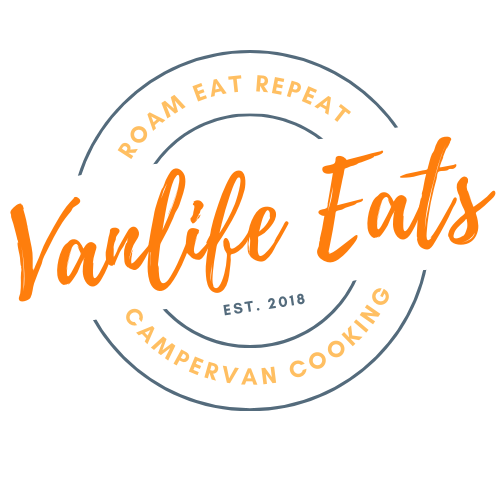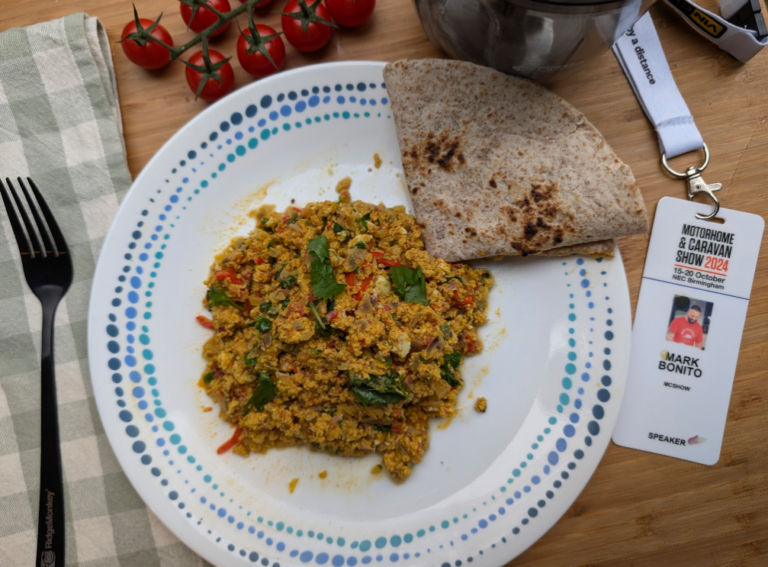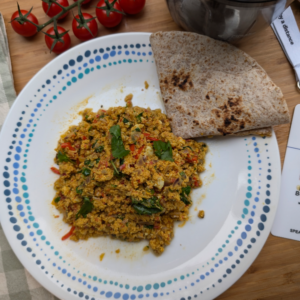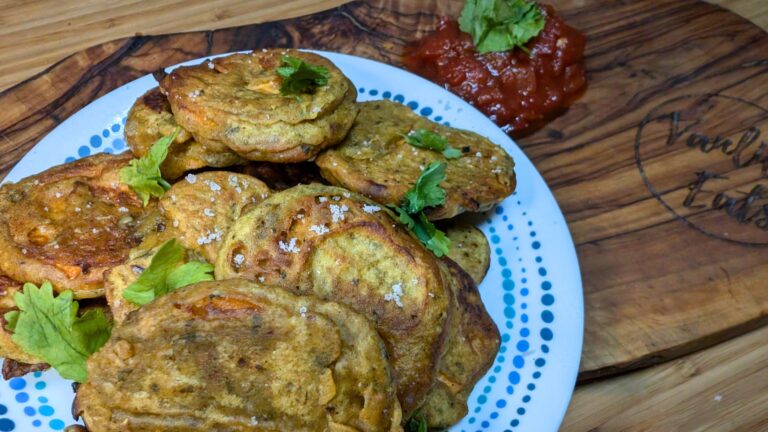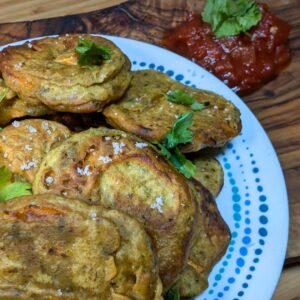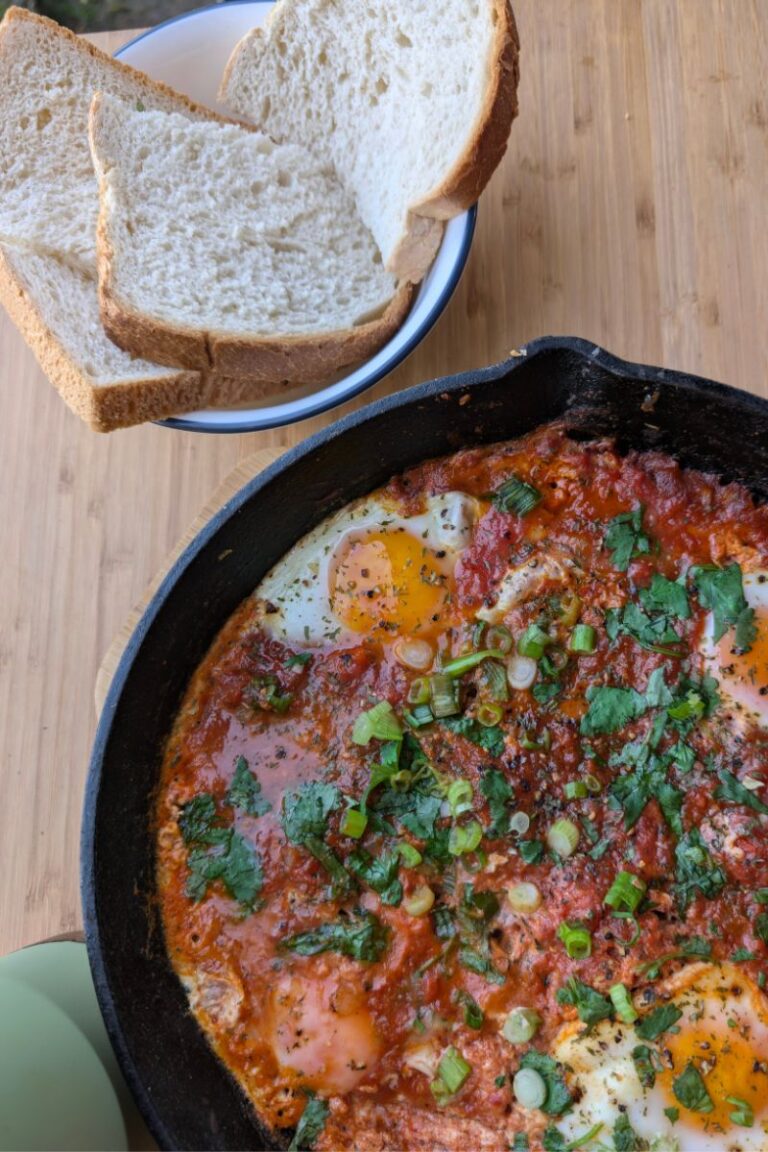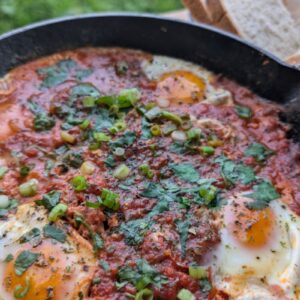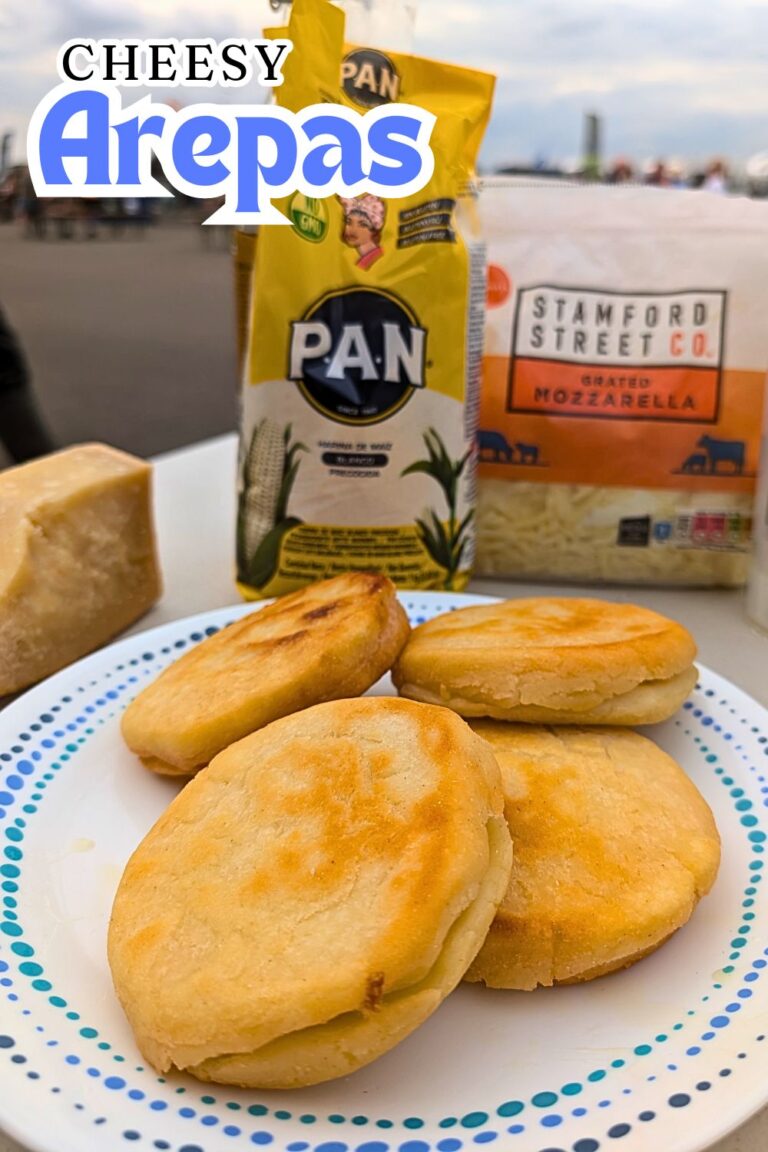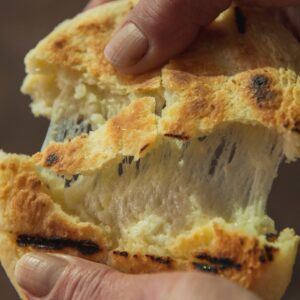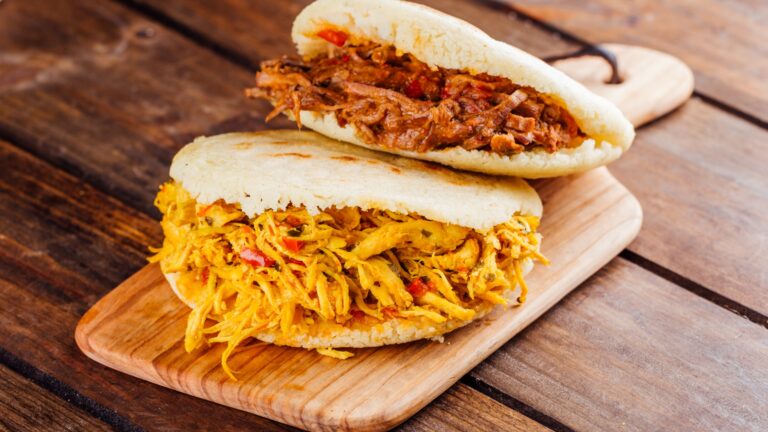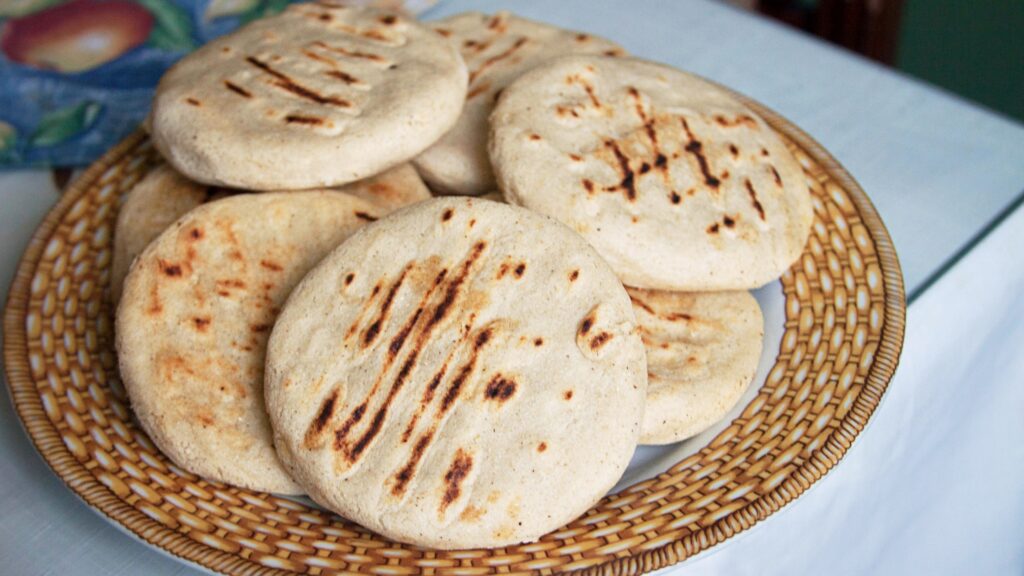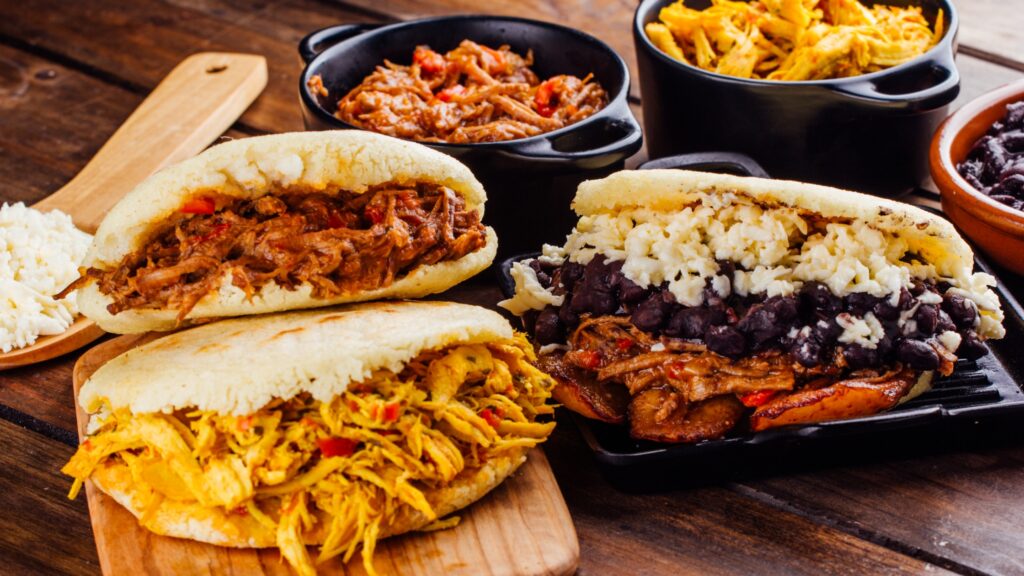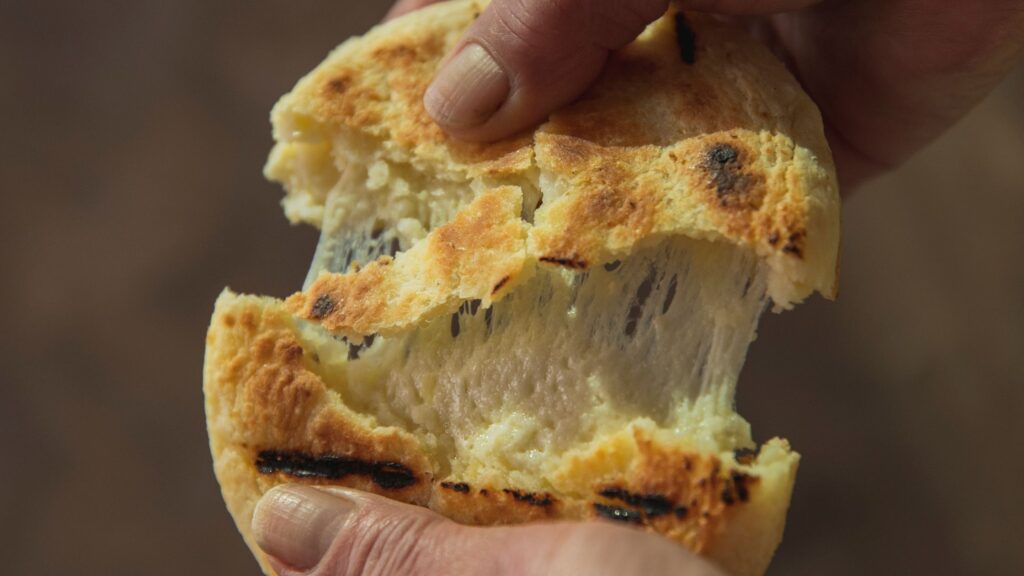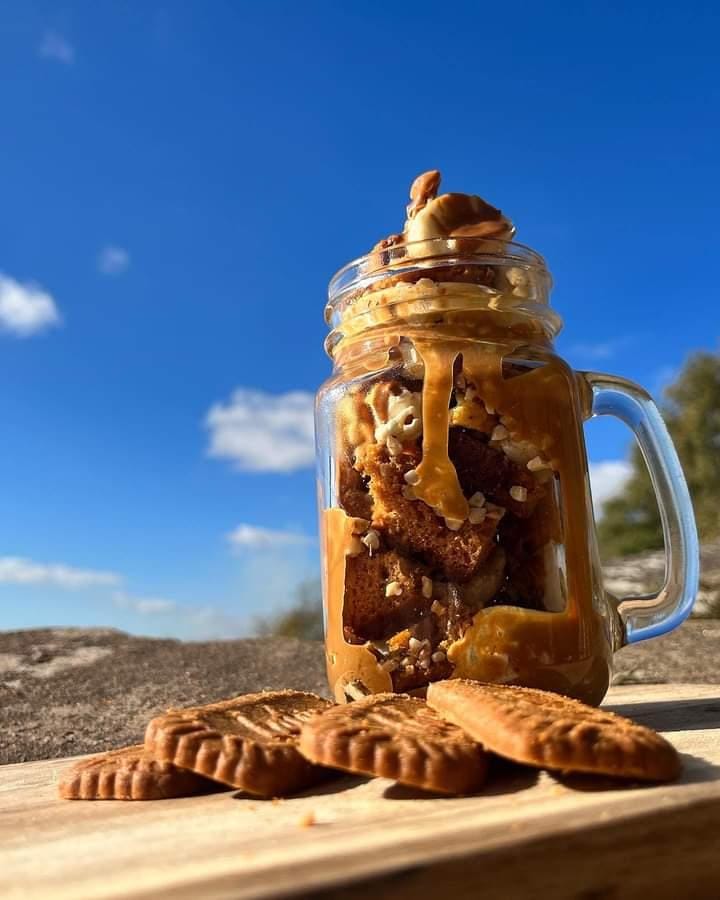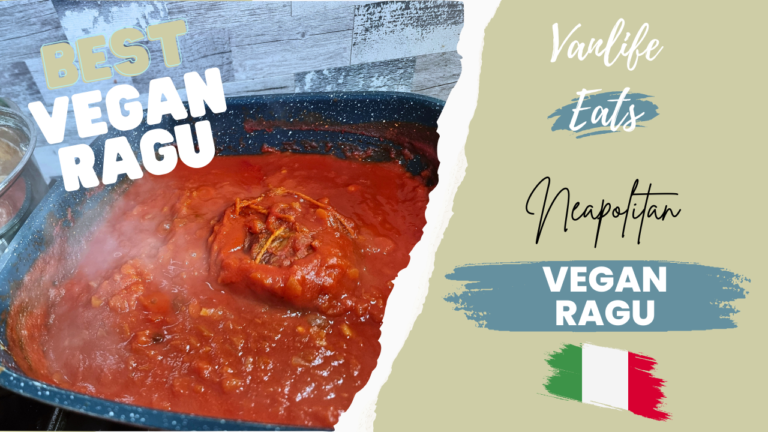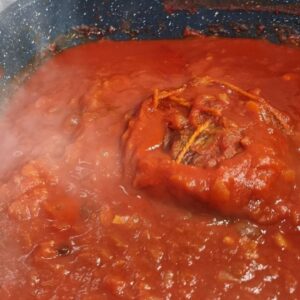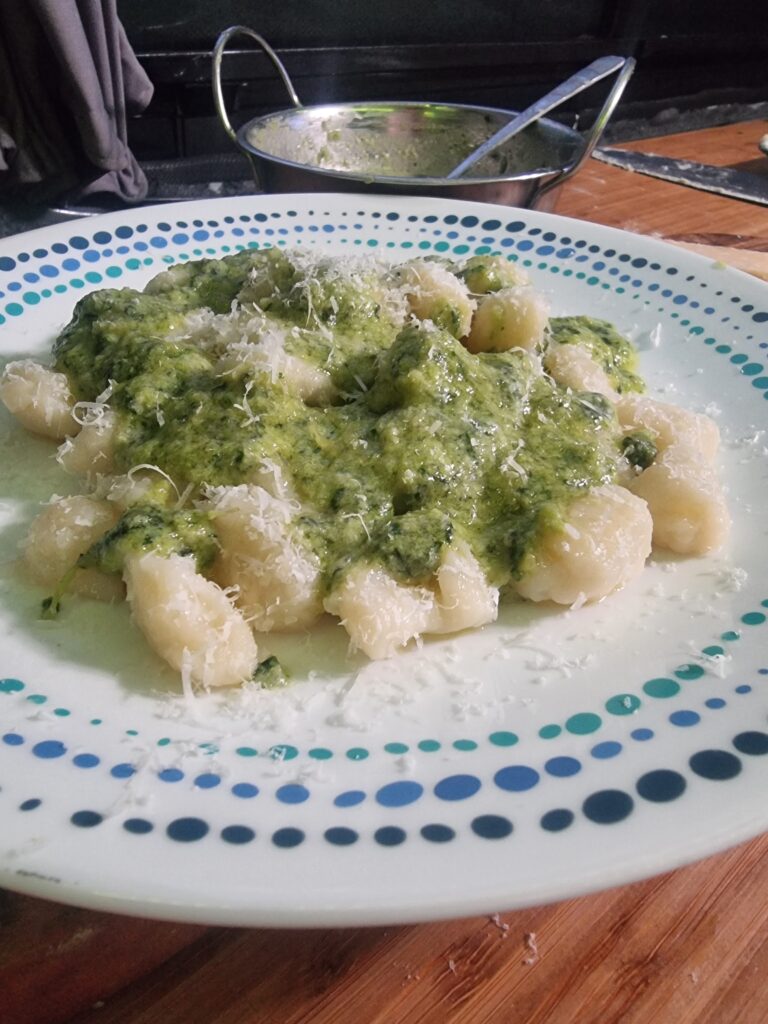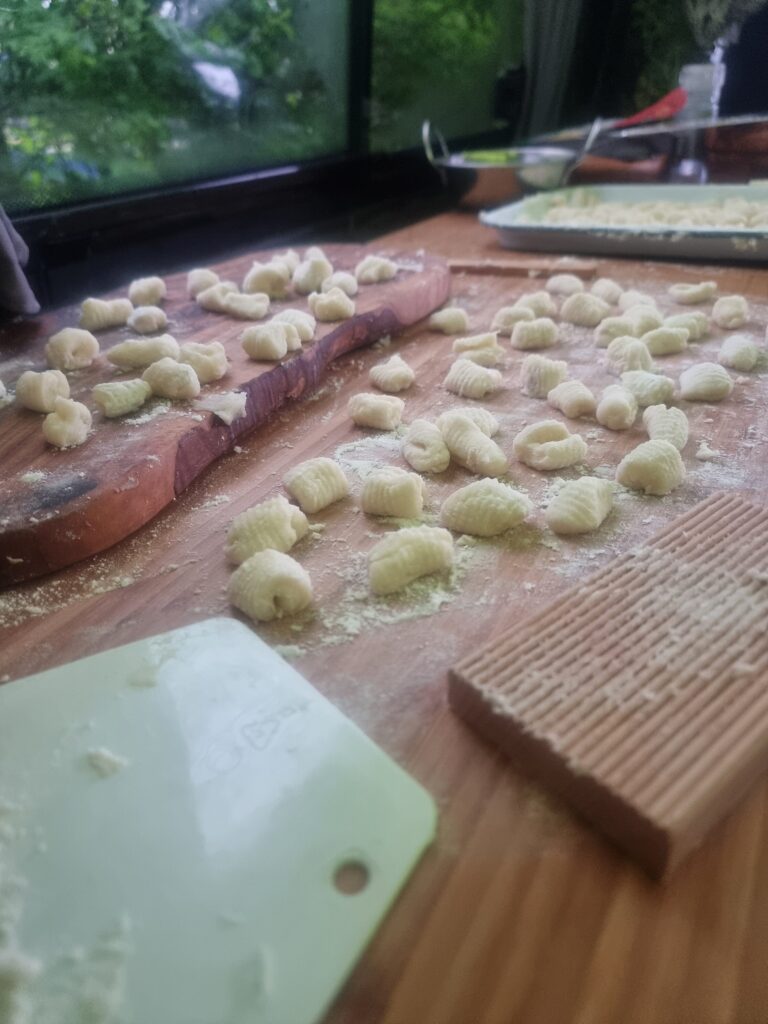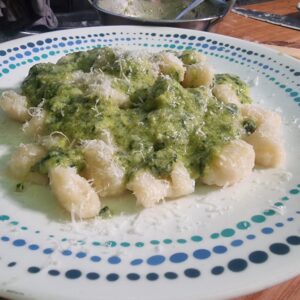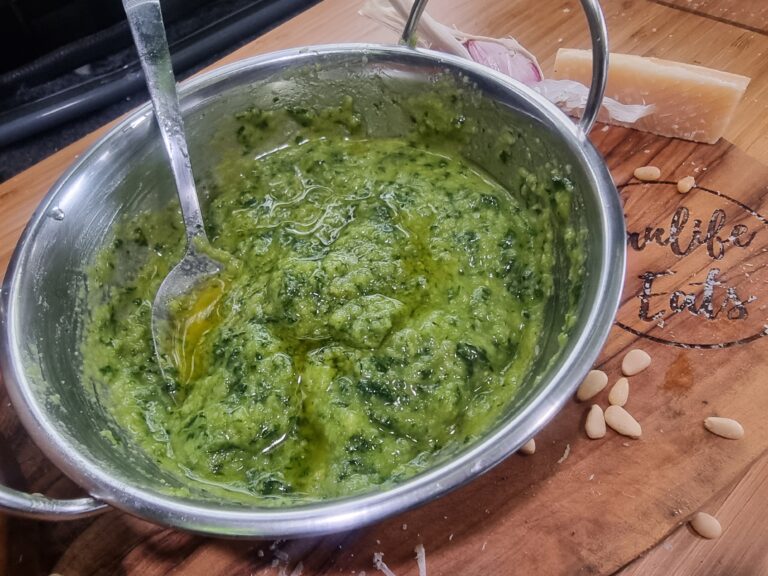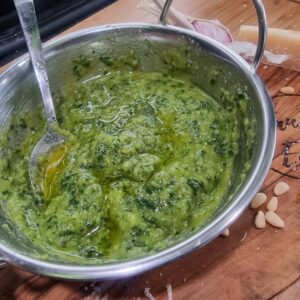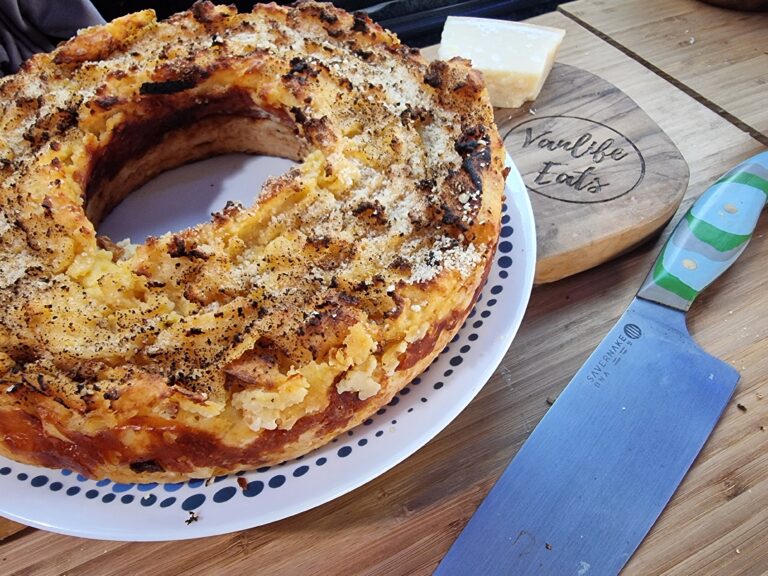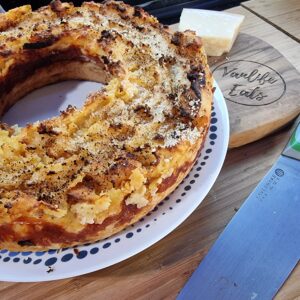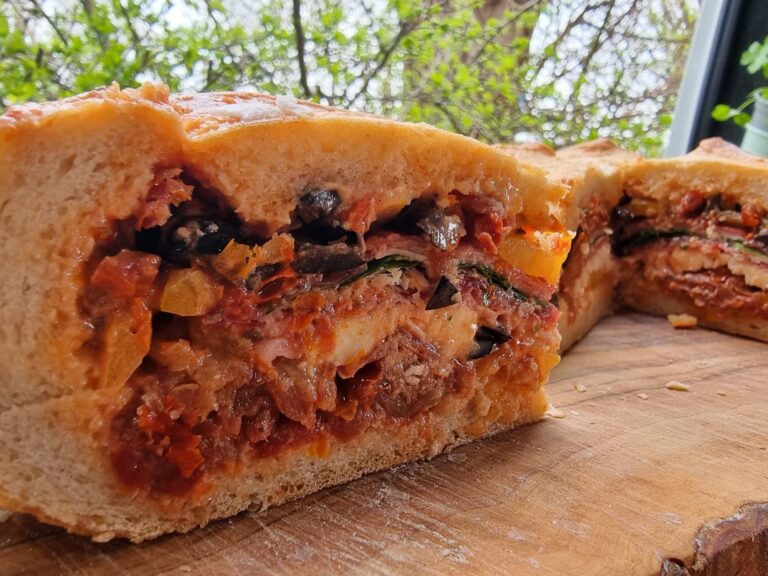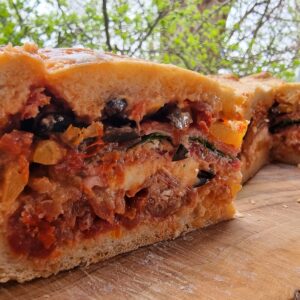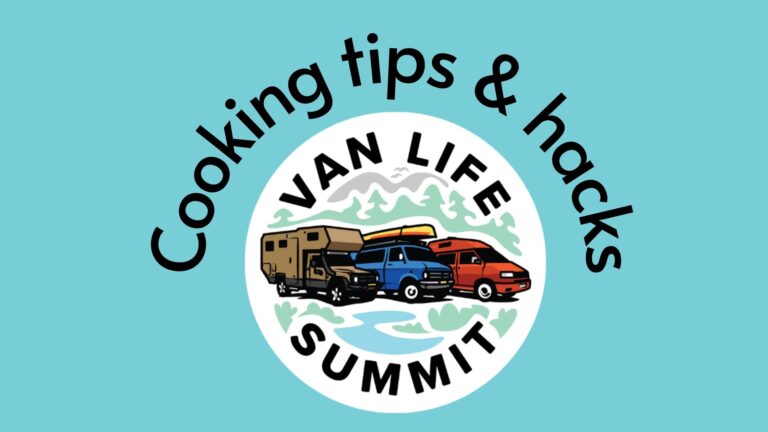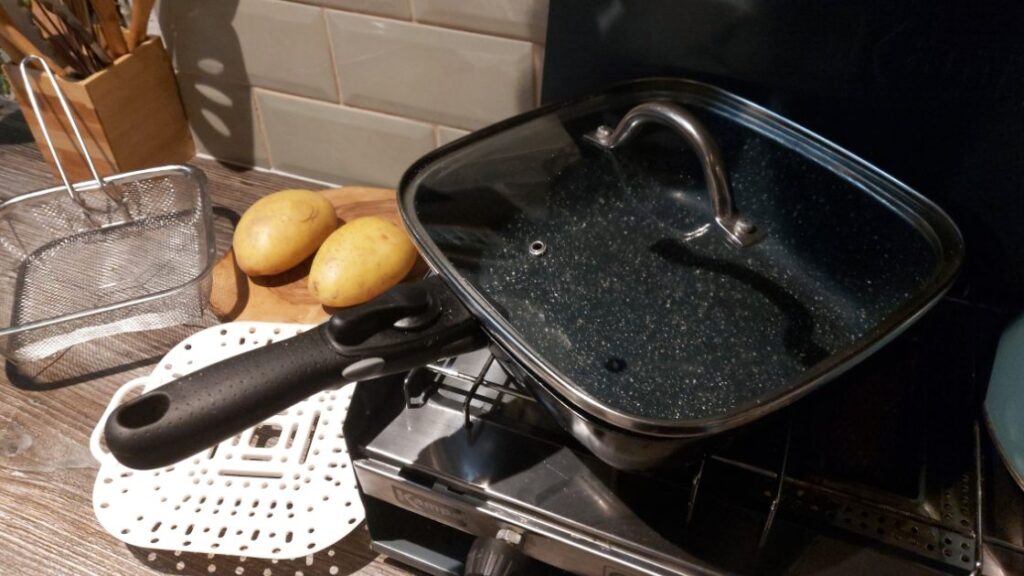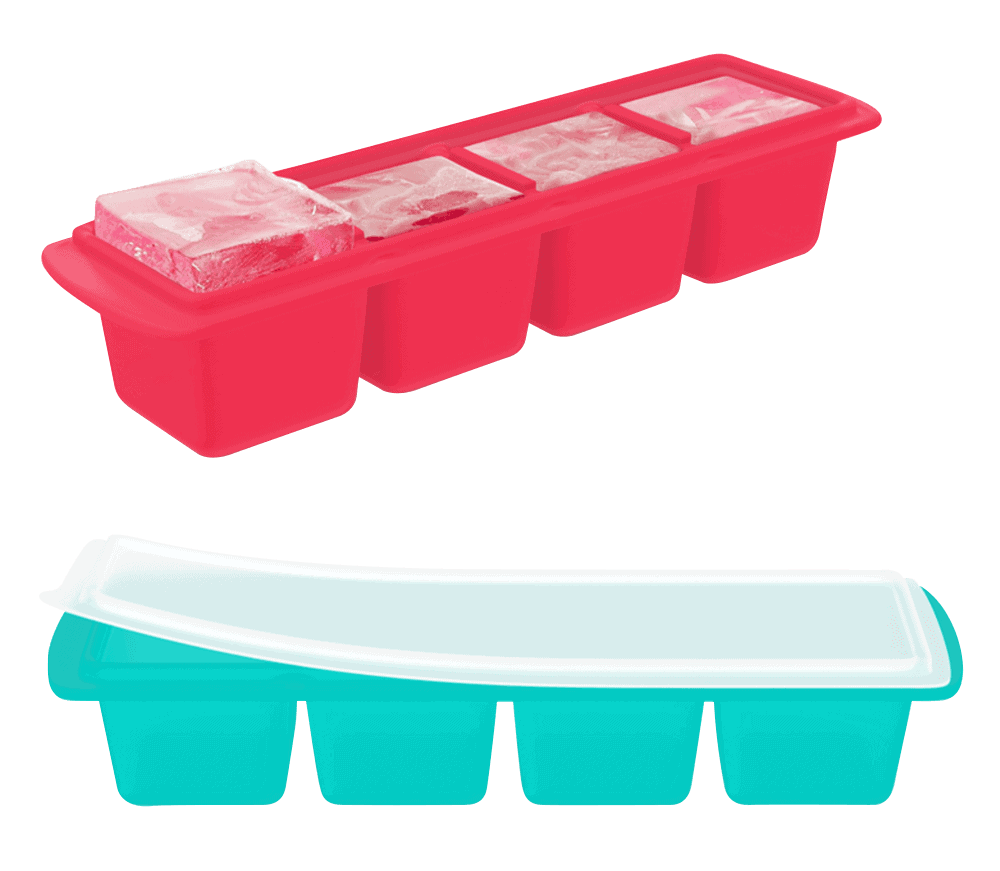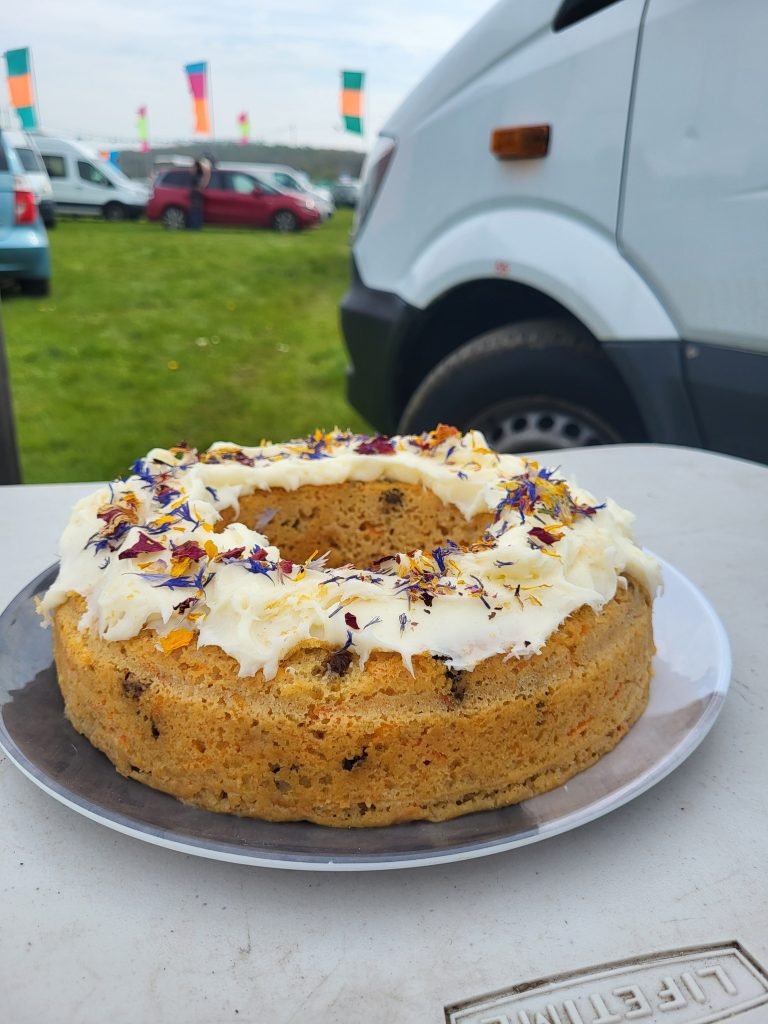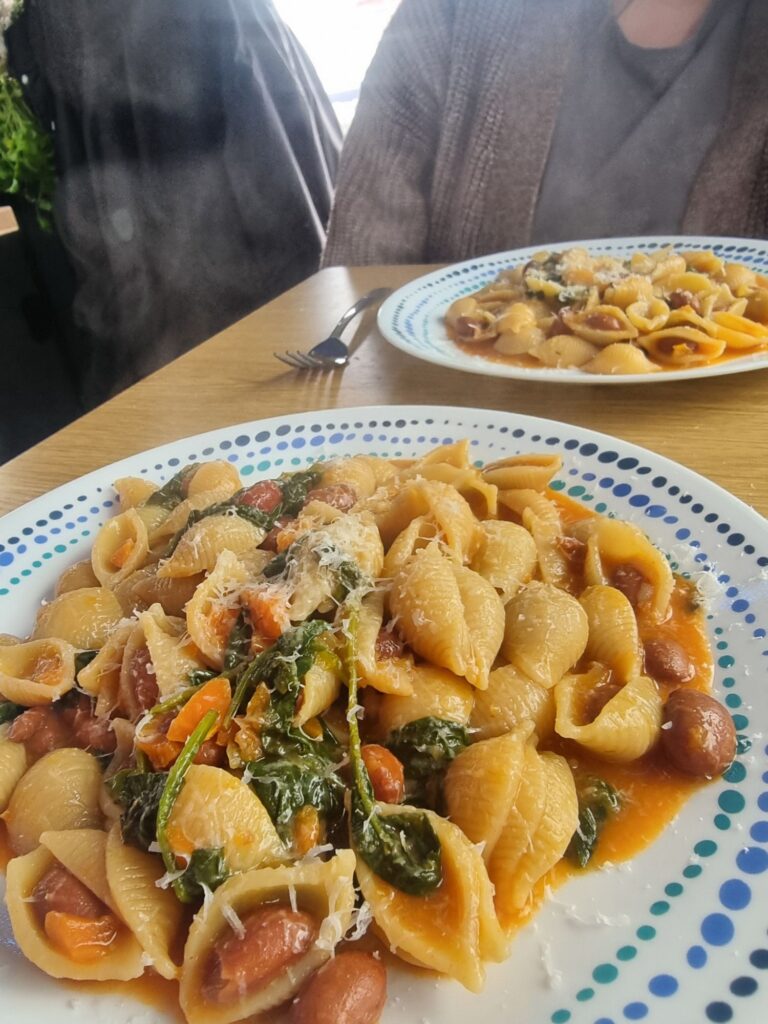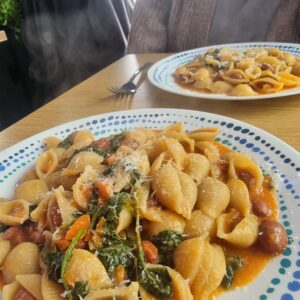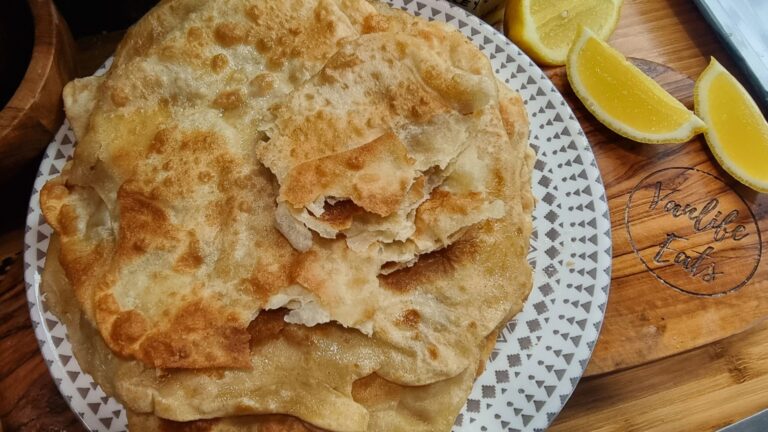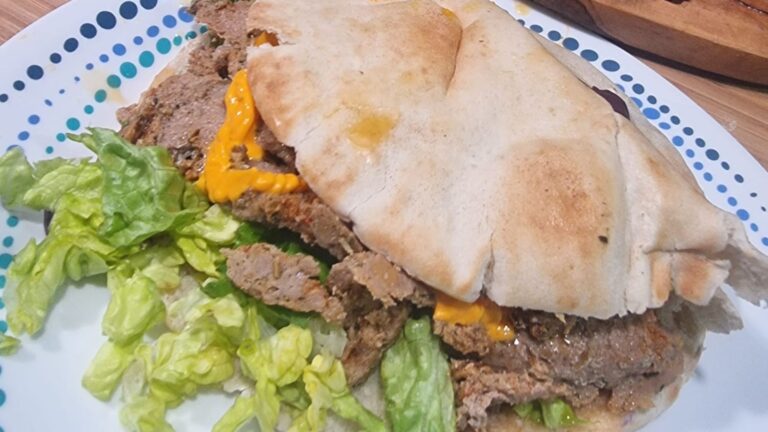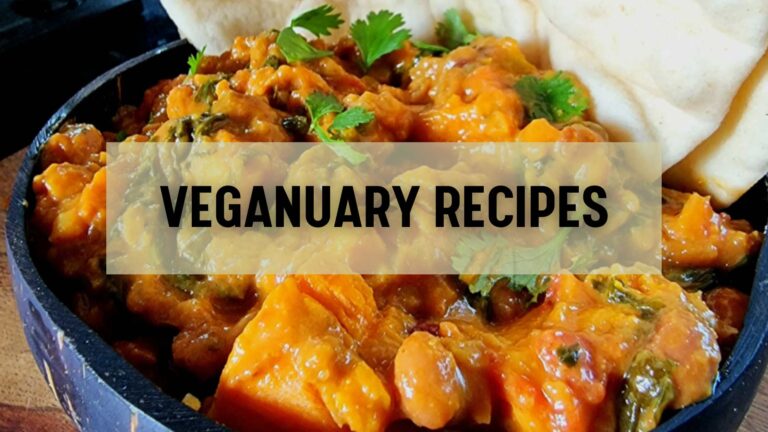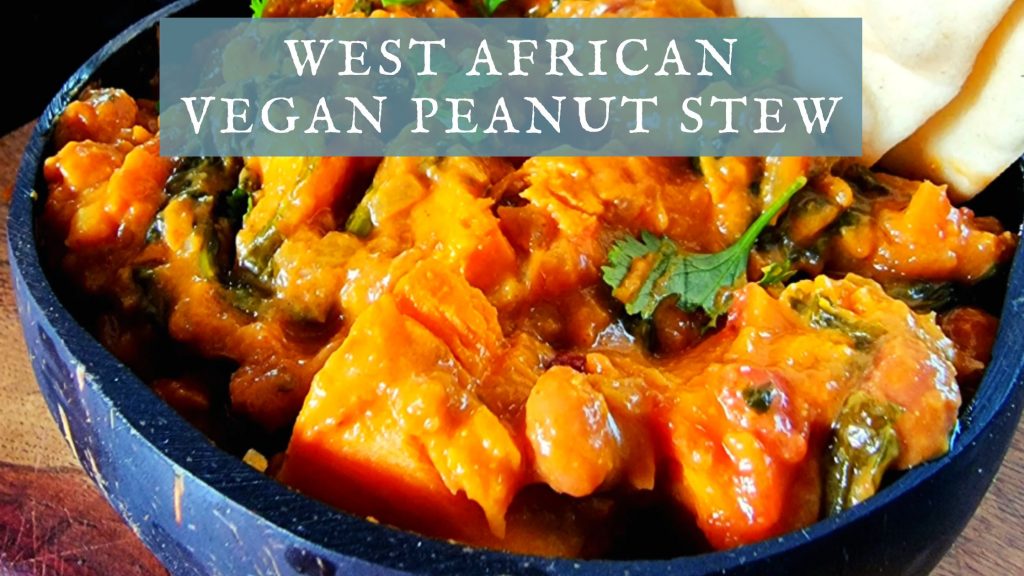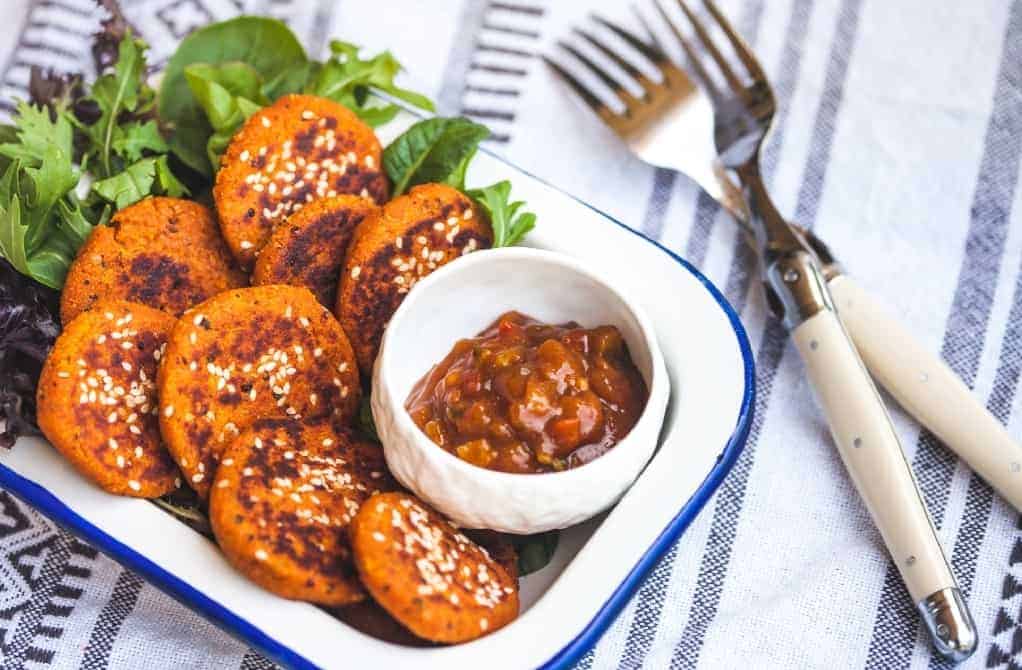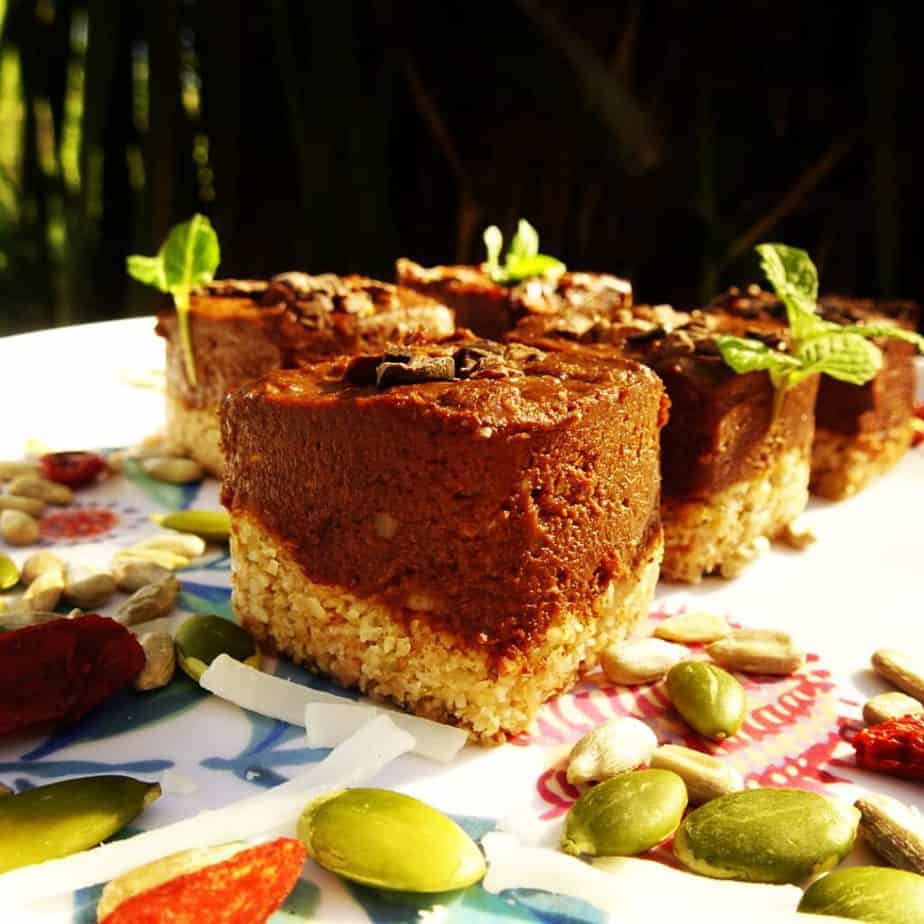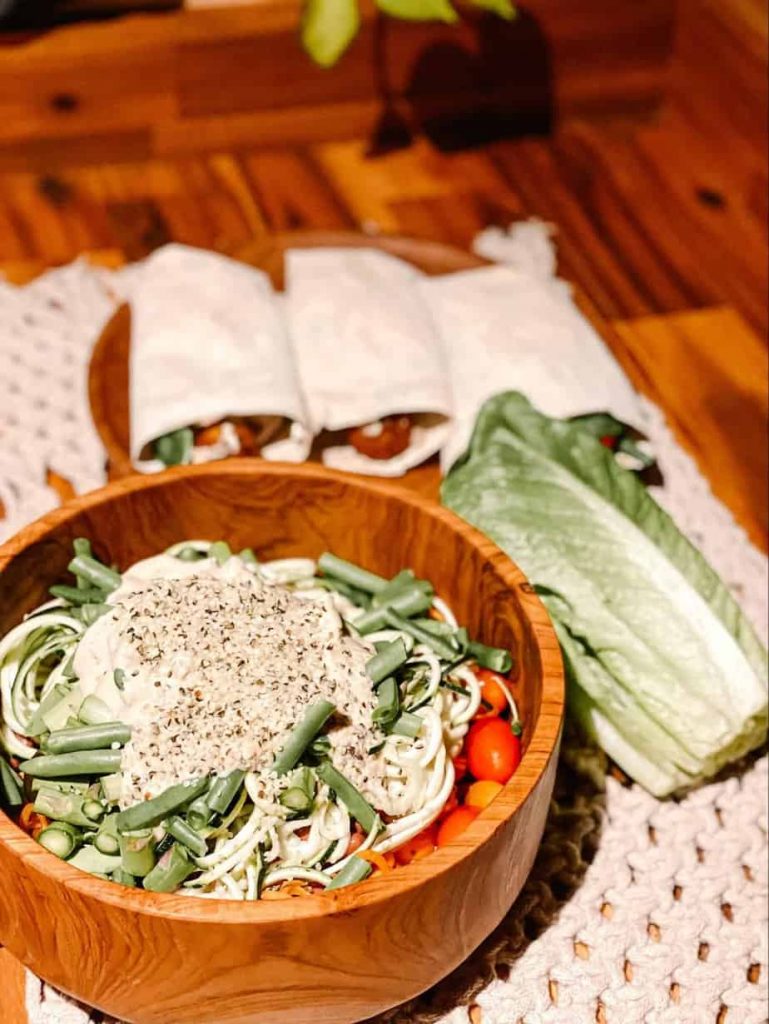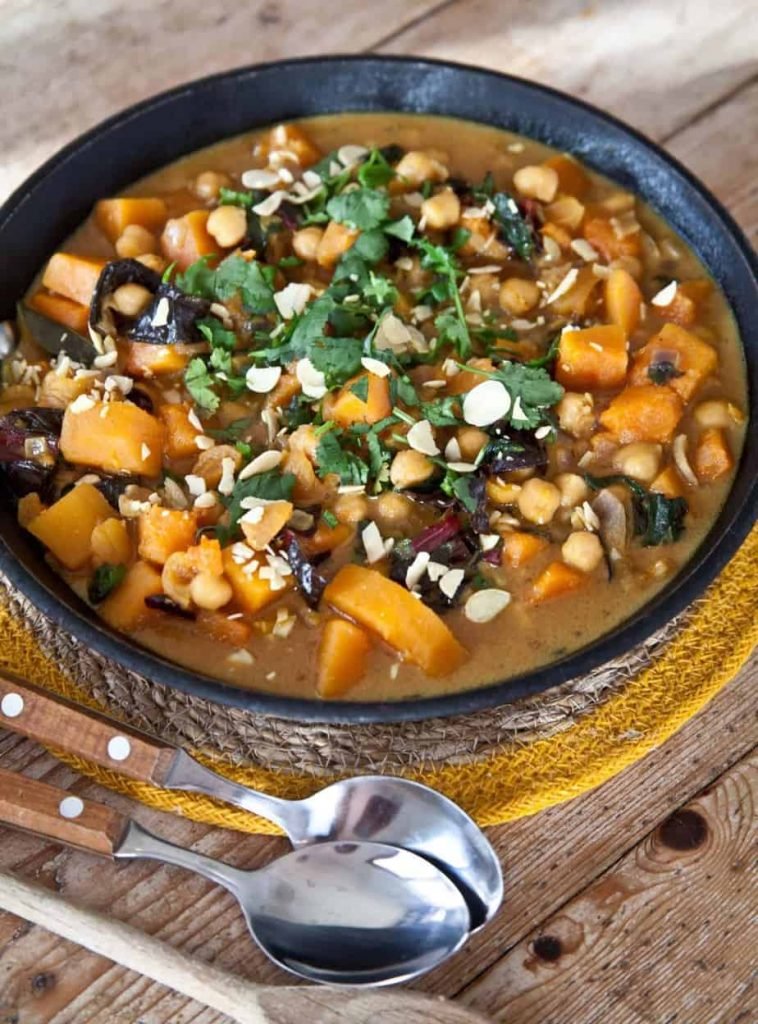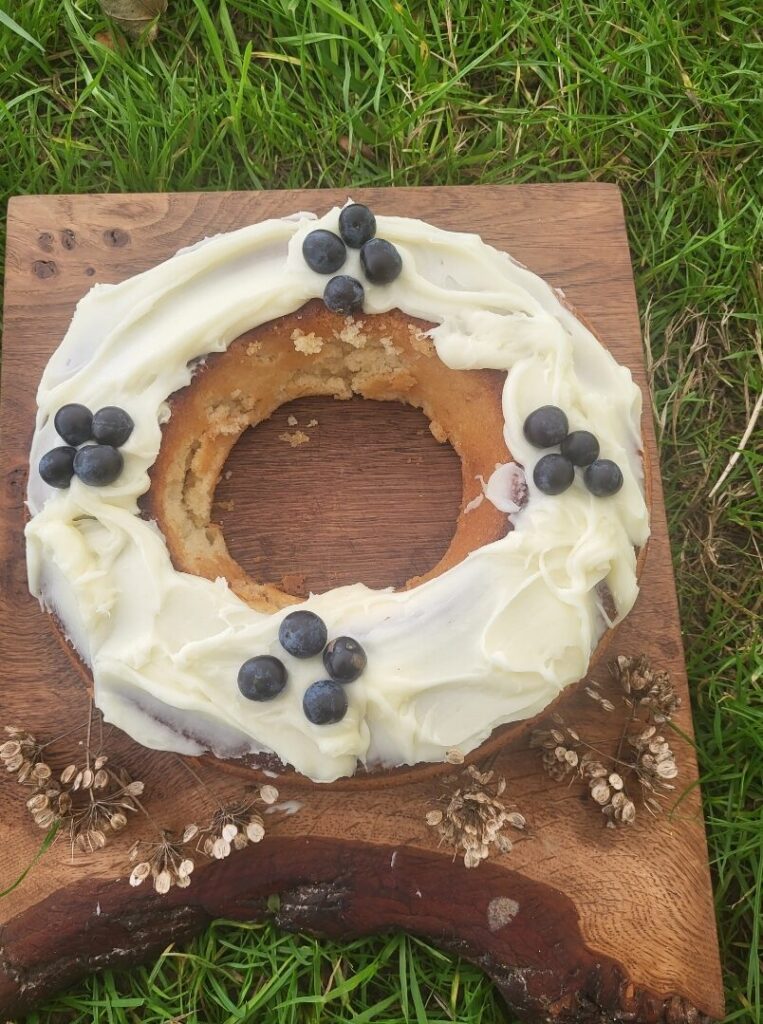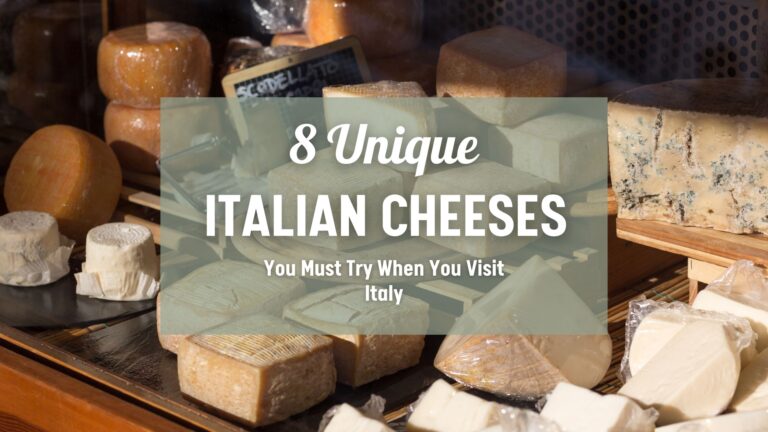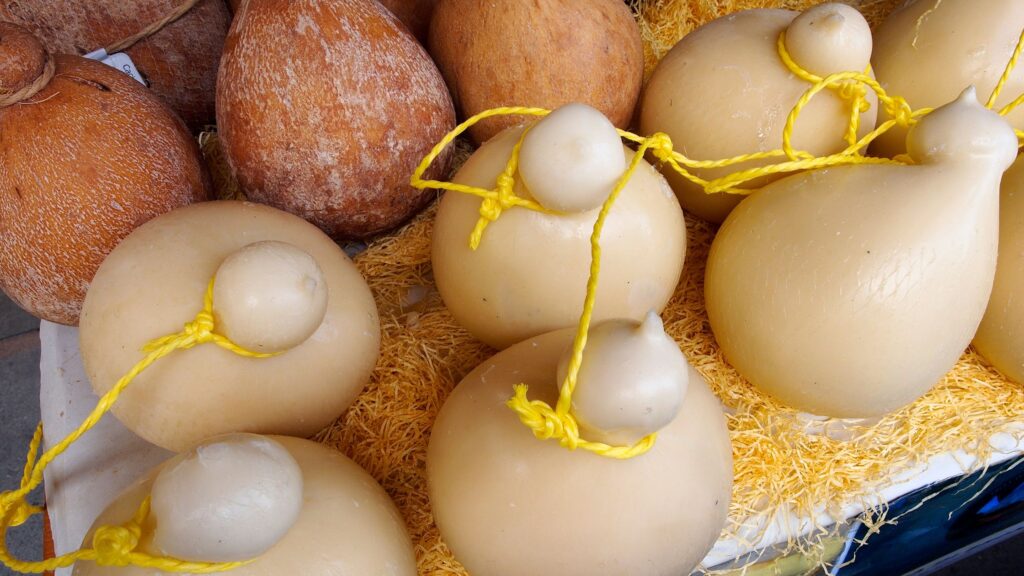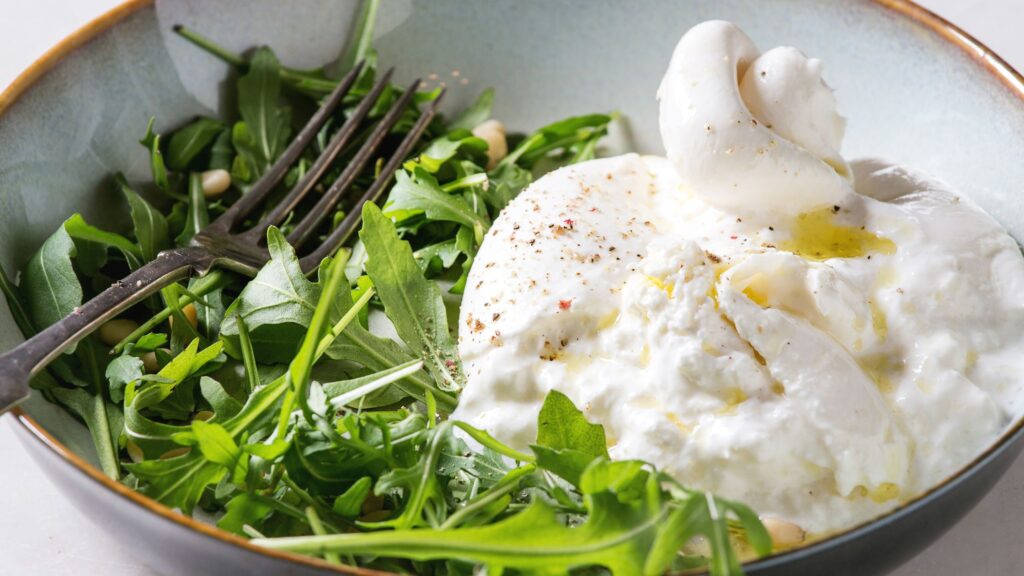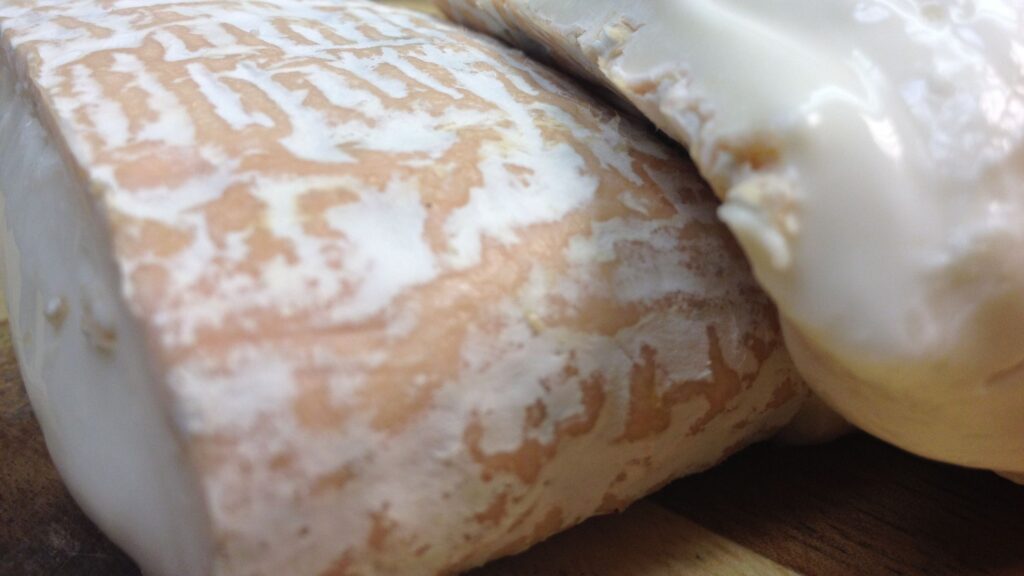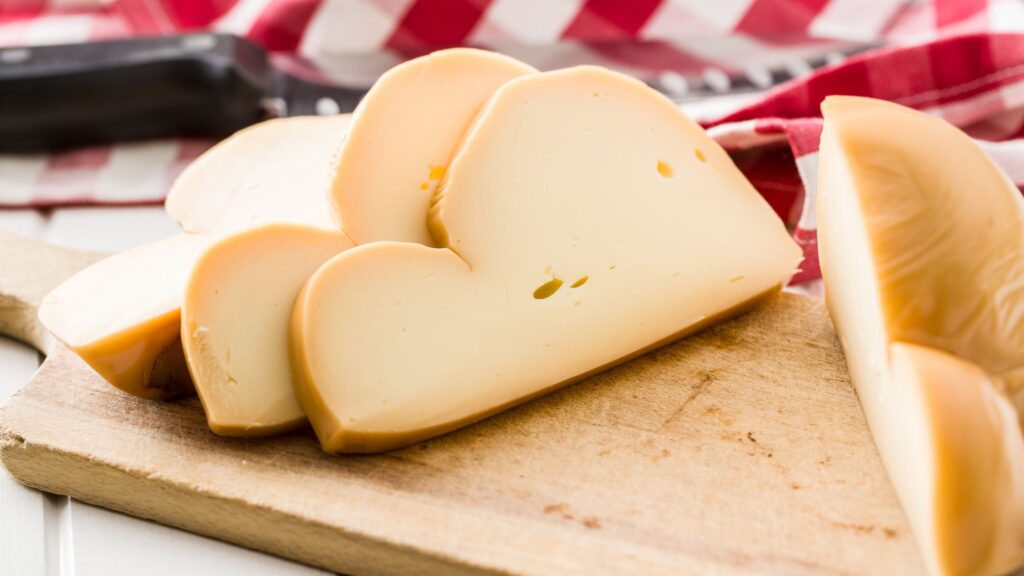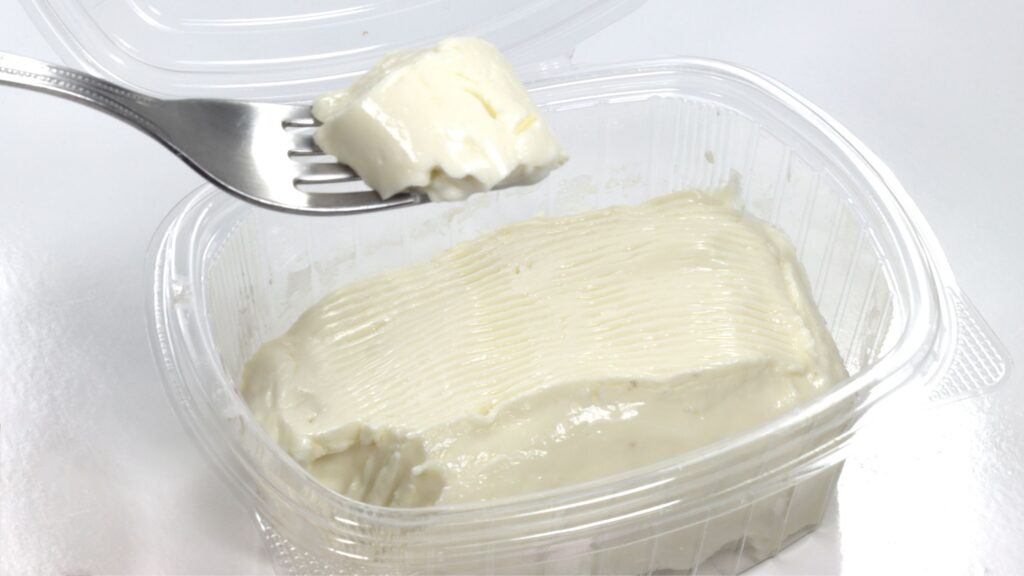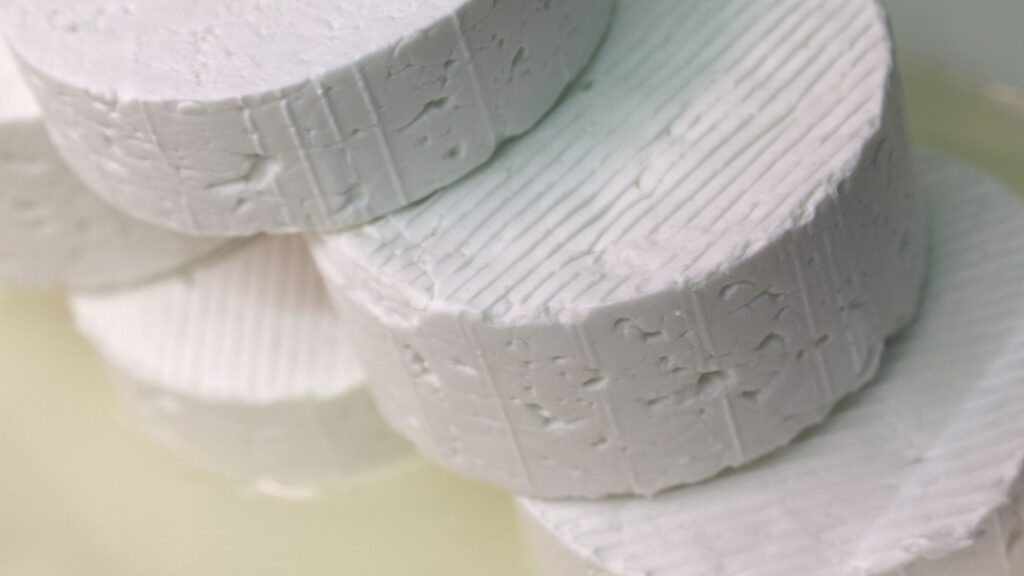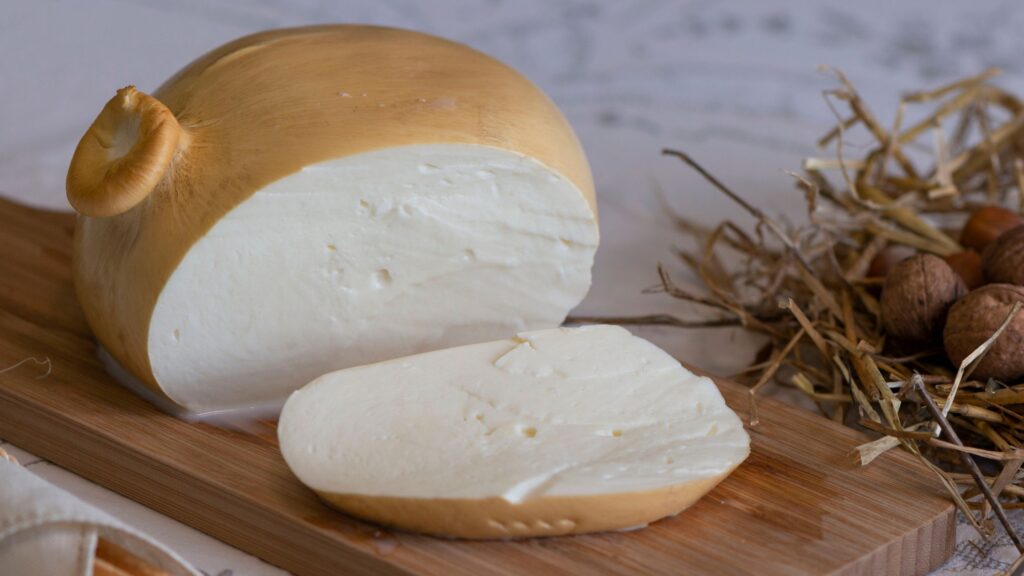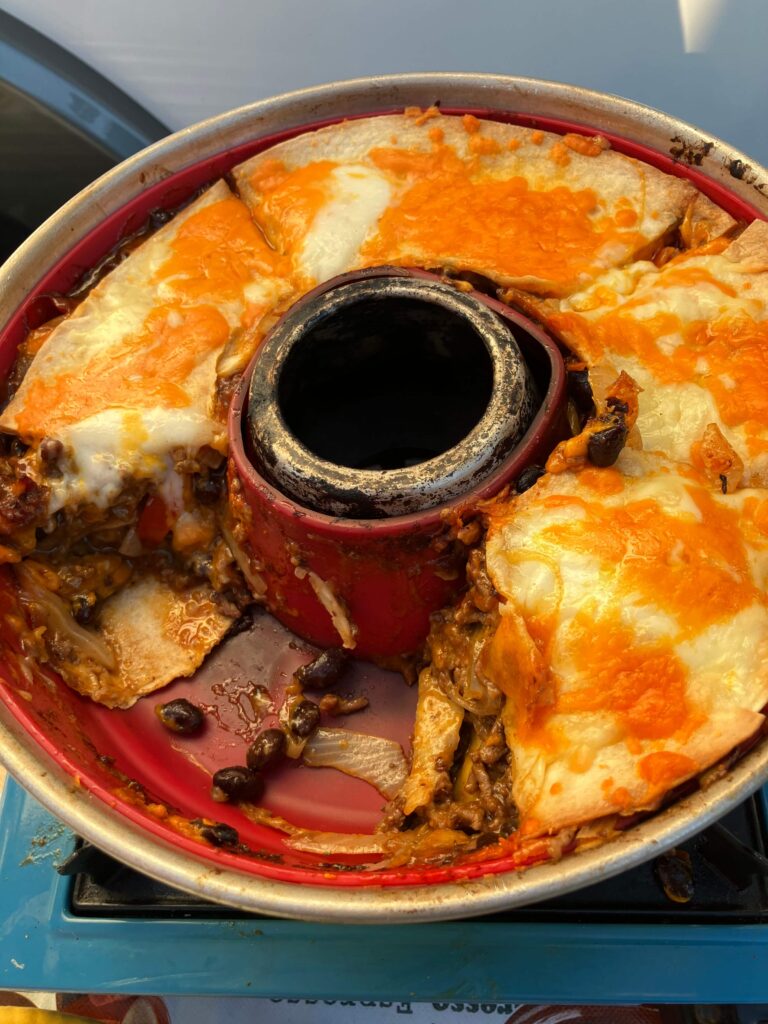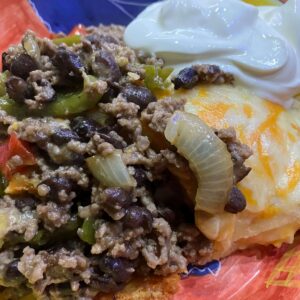The Perfect Blend of Frights and Bites This Halloween
Halloween season is upon us, and if you’re anything like me, you love a good ghost story with your evening meal. For those campervan and motorhome foodies out there, the thought of eating at haunted inns in the UK while traveling is a two-for-one deal—great food and some spine-chilling atmosphere. This blog post will take you through five haunted inns where you can savor local delicacies while potentially sharing your dinner with a specter or two.
So, buckle up, steer your camper to the nearest haunted pit stop, and get ready for an adventure that’s bound to be spooky, scrumptious, and a bit… unexpected.
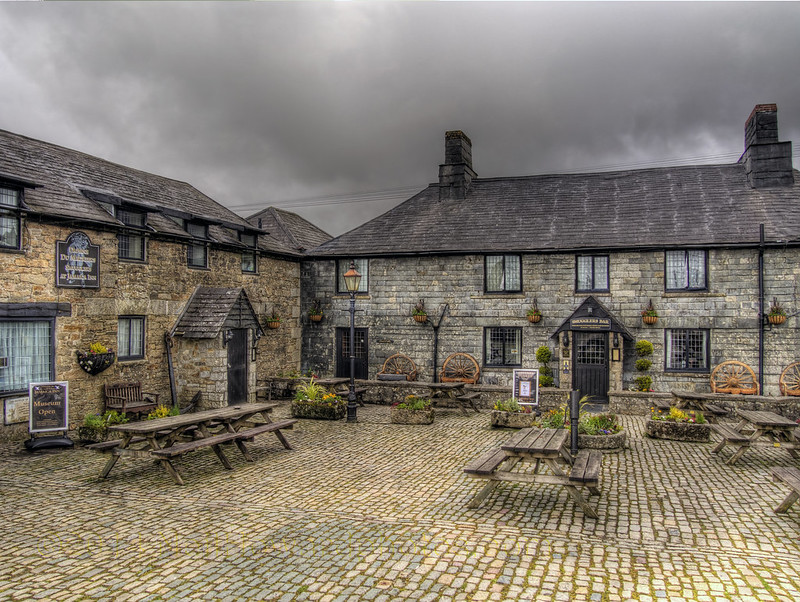
1. The Jamaica Inn, Cornwall
Ghostly History
The Jamaica Inn is probably the most famous haunted inn in Cornwall—thanks to both the haunting tales and the literary nod it received from Daphne du Maurier. This 18th-century coaching inn is said to be haunted by the spirits of smugglers who once used it as a hideout. Some visitors claim they’ve heard ghostly whispers in an unknown language (perhaps pirate lingo?) or seen mysterious figures drift down the hallways.
The Food
Despite its eerie reputation, Jamaica Inn serves up some of the best traditional Cornish fare you can get. Think hearty steak and ale pies, perfectly flaky fish and chips, and locally sourced mussels. A meal here is sure to warm you up, especially after the chill of an unexpected ghostly encounter.
Key Takeaway
This spot is perfect for those looking to dip their toes into the world of haunted dining while still keeping it deliciously comfortable. Best visited on a gloomy October night for maximum ambiance.

2. The Mermaid Inn, Rye, East Sussex
Ghostly History
Built in the 12th century, the Mermaid Inn is so old that even the ghost stories themselves are historical relics. The hauntings at this inn are linked to the era when Rye was a smuggler’s haven, and it’s rumored that the resident ghosts include dueling men, an apparition in a long gown, and even a lady in white who walks through walls. Typical ghost behavior, right?
The Food
The food at the Mermaid Inn is nothing short of exceptional. The chefs are known for crafting traditional British dishes with a modern twist. Why not try the beef wellington, or enjoy a plate of Sussex lamb paired with locally grown seasonal veggies?
Key Takeaway
If you like the idea of a history-rich setting with high-quality food to match, this inn is the one for you. Plus, nothing quite says Halloween like watching a ghost duel while you have dinner.

3. The Black Swan Hotel, Helmsley, North Yorkshire
Ghostly History
Nestled in the picturesque town of Helmsley, the Black Swan Hotel has a reputation for being haunted by several ghosts, including a man in a bowler hat who’s known to hang out in the bar. The inn’s ghostly happenings are often subtle—sudden chills, flickering lights, and the occasional moving object. It’s all fun and games until your pint gets mysteriously knocked over.
The Food
The Black Swan offers fine dining at its best. With an emphasis on locally sourced ingredients, the menu changes with the seasons, offering dishes like wild mushroom risotto and slow-cooked pork belly. Their tasting menu is especially popular for those looking to indulge in multiple courses.
Key Takeaway
This inn is perfect for those who love a little bit of luxury with their ghost hunt. Whether or not you meet the bowler hat ghost, you’re guaranteed to have an unforgettable meal.

4. The Old Bell Hotel, Malmesbury, Wiltshire
Ghostly History
The Old Bell Hotel is reputed to be England’s oldest hotel, and where there’s age, there’s history—and ghosts. Visitors have claimed to see mysterious figures in the hallways and a ghostly lady who’s thought to be a monk’s mistress. This hotel’s history spans over a thousand years, and apparently, so do its hauntings.
The Food
At the Old Bell, they take great pride in serving modern British cuisine. The seasonal menu is always changing, but their Wiltshire venison is a standout dish, often served with creative accompaniments. And don’t forget to finish with one of their delectable desserts, like sticky toffee pudding.
Key Takeaway
This inn is ideal if you’re looking for a combination of rich history, ghost stories, and a well-thought-out seasonal menu. The combination of good food and ghostly tales makes for quite the memorable dinner.

5. Ye Olde King’s Head, Chester
Ghostly History
Ye Olde King’s Head in Chester is an inn with a long history of hauntings—dating back to the 1600s. Guests here have reported sightings of children playing, a man standing by the window, and mysterious shadowy figures lurking around. One room, known as Room 6, is said to be particularly active, so maybe avoid that if you’re planning on a good night’s sleep.
The Food
The kitchen here cooks up classic pub grub with a focus on quality. Sunday roasts are their specialty, and the inn is well known for its impressive selection of real ales. After all, nothing says “bravery” like finishing off a ghost-filled day with a Yorkshire pudding the size of your face.
Key Takeaway
This spot is perfect if you’re into hearty meals, historical settings, and are perhaps just a little bit too curious about ghostly children laughing in the distance.
Top Tips for Campervan Foodies Heading to Haunted Inns
- Arrive Early: Haunted or not, these inns are popular—especially around Halloween. Arriving early ensures you snag a good parking spot for your campervan and can settle in for dinner before things get spooky.
- Stay Overnight (If You Dare!): Some of these haunted spots offer accommodations, which could be a fun way to get the full experience. If your campervan has a comfy bed, you can always head back if the ghosts get too much!
- Bring a Friend: Everything’s better with a buddy—especially ghost hunting. Plus, if something does go bump in the night, at least you won’t be alone.
Final Thoughts: A Feast for the Brave
There you have it—five haunted inns in the UK where you can enjoy delicious, locally sourced food while potentially encountering something otherworldly. Each of these spots has its own unique blend of history, hauntings, and hearty meals that make them perfect for a spooky road trip this Halloween. So, pack up your camper, bring your appetite (and your courage), and get ready to dine with the spirits.
And hey, if you’re lucky, maybe that shadow in the corner will pick up the bill… but I wouldn’t count on it.
